Toum is thought to have originated in Lebanon but is eaten throughout the Middle East. The word ‘toum’ itself translates to ‘garlic’ in Arabic, which is a testament to its key ingredient. Across the Middle East, garlic has long held a significant culinary place, not only for its flavour but also for its many health benefits including boosting the immune system and aiding digestion.
Traditionally, making Toum was a labor-intensive process, achieved by grinding garlic into a paste in a pestle & mortar and then slowly working in the oil and lemon juice. These days, a food processor is used in most kitchens. However, there is an easy hack to blend the toum in less than 60 seconds, which I am sharing in this recipe.
How to Fix a Broken Toum
If you’re emulsion breaks (the oil and garlic split), don’t worry. You can still save the batch. Simply follow the tip at the end of this recipe.
Ingredients
-
1 garlic bulb (60g – 70g cloves)
-
40ml lemon juice
-
200 ml sunflower, rapeseed or olive (not extra-virgin) oil
Method
Peel all of the garlic. You can speed this up by soaking the cloves in boiling water for just 1 minute and draining them immediately. The peel will slide off easily. Cut each garlic clove in half and remove the germ with a small knife. Then cut the halves in half again to have smaller chunks of garlic.
Place the garlic into the jug of a hand mixer and add 1/2 tsp salt followed by the sunflower oil, lemon juice and 1 tbsp of cold water. With the hand blender positioned on the bottom of the jug, purée the garlic into a smooth paste without lifting the blender. It will automatically suck in small amounts of oil to emulsify with the garlic. After a couple of seconds, start lifting the blender minimally, only to allow a fraction more oil to stream in, then press it down again. Keep doing this to work in the rest of the oil until the emulsification is complete (you will notice the sound change). Then work in any of the garlic that hasn’t been blended yet. Your Toum should be as thick as mayonnaise. Scrape it into a bowl and serve.
What to do if your emulsion breaks? The easiest way to fix a broken emulsion is to transfer the ingredients to a tall jug and add 4 tbsp of aquafaba (the liquid in a tin of chickpeas). Now use an immersion blender to blend it all together. Within a few seconds, it should emulsify into a smooth sauce.
**I receive a small commission from affiliate links on this page**

Toum
Ingredients
- 1 garlic bulb (60g - 70g cloves)
- 40 ml lemon juice
- 200 ml sunflower, rapeseed or olive (not extra-virgin) oil
Instructions
- Peel all of the garlic. You can speed this up by soaking the cloves in boiling water for just 1 minute and draining them immediately. The peel will slide off easily. Cut each garlic clove in half and remove the germ with a small knife. Then cut the halves in half again to have smaller chunks of garlic.
- Place the garlic into the jug of a hand mixer and add 1/2 tsp salt followed by the sunflower oil, lemon juice and 1 tbsp of cold water. With the hand blender positioned on the bottom of the jug, purée the garlic into a smooth paste without lifting the blender. It will automatically suck in small amounts of oil to emulsify with the garlic. After a couple of seconds, start lifting the blender minimally, only to allow a fraction more oil to stream in, then press it down again. Keep doing this to work in the rest of the oil until the emulsification is complete (you will notice the sound change). Then work in any of the garlic that hasn’t been blended yet. Your Toum should be as thick as mayonnaise. Scrape it into a bowl and serve.
- What to do if your emulsion breaks? The easiest way to fix a broken emulsion is to transfer the ingredients to a tall jug and add 4 tbsp of aquafaba (the liquid in a tin of chickpeas). Now use an immersion blender to blend it all together. Within a few seconds, it should emulsify into a smooth sauce.
Notes
Video
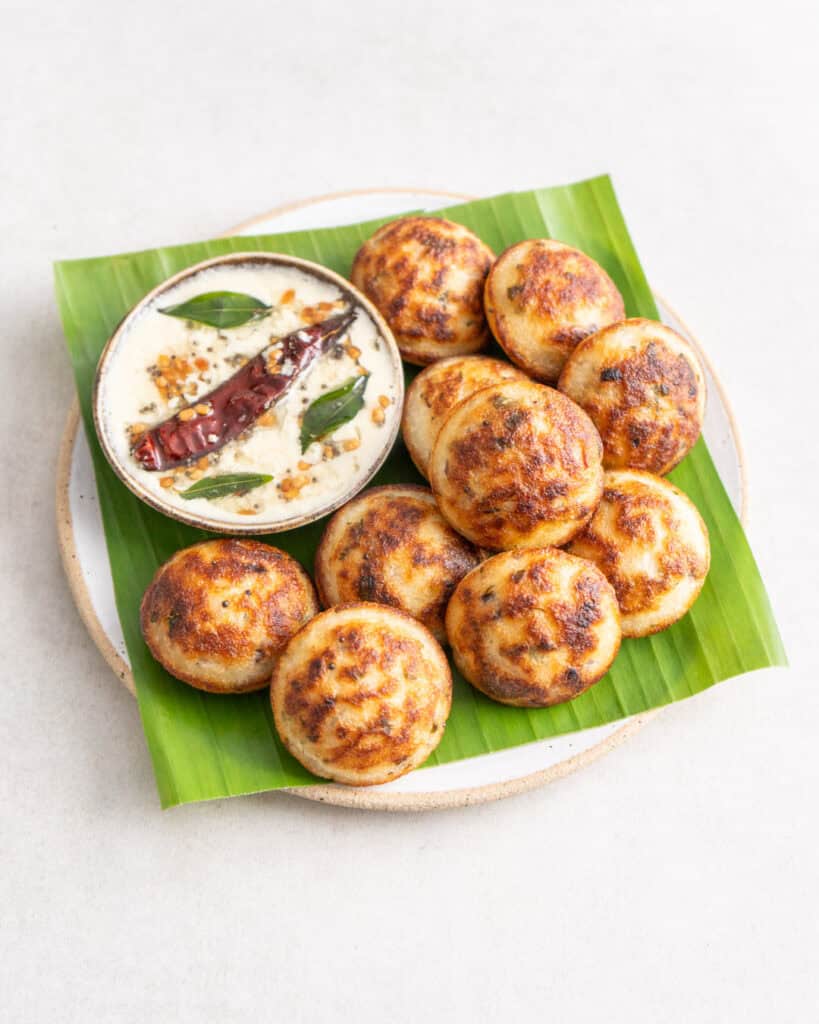


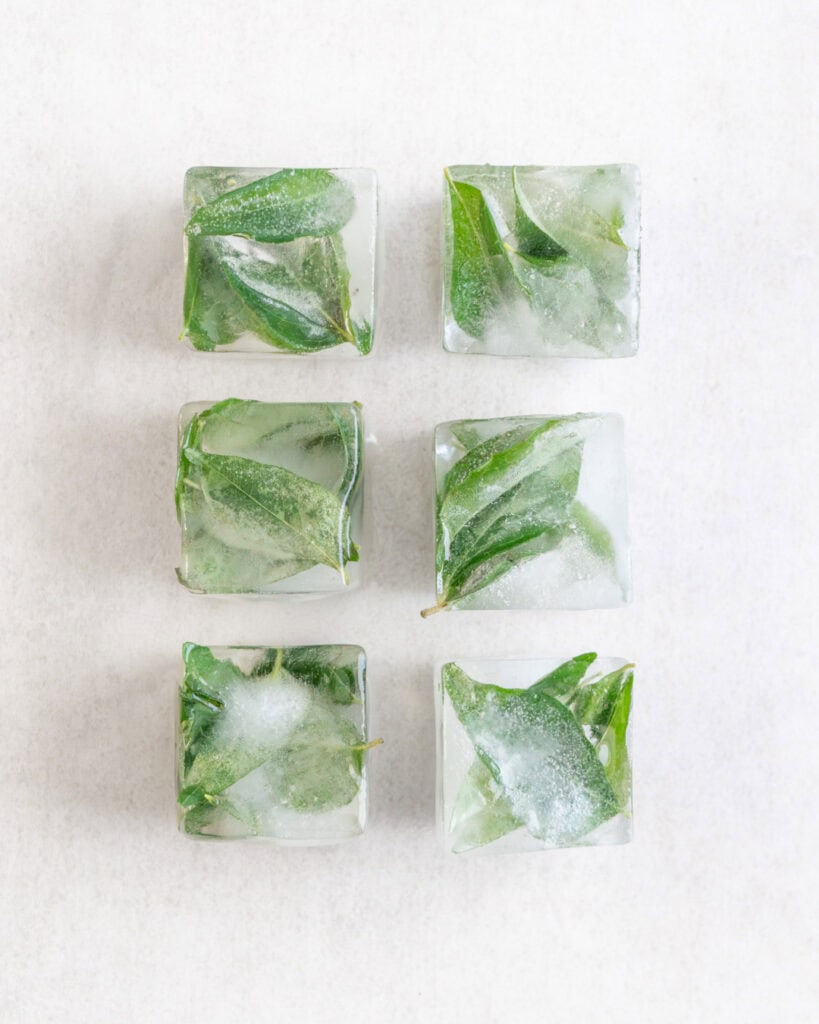
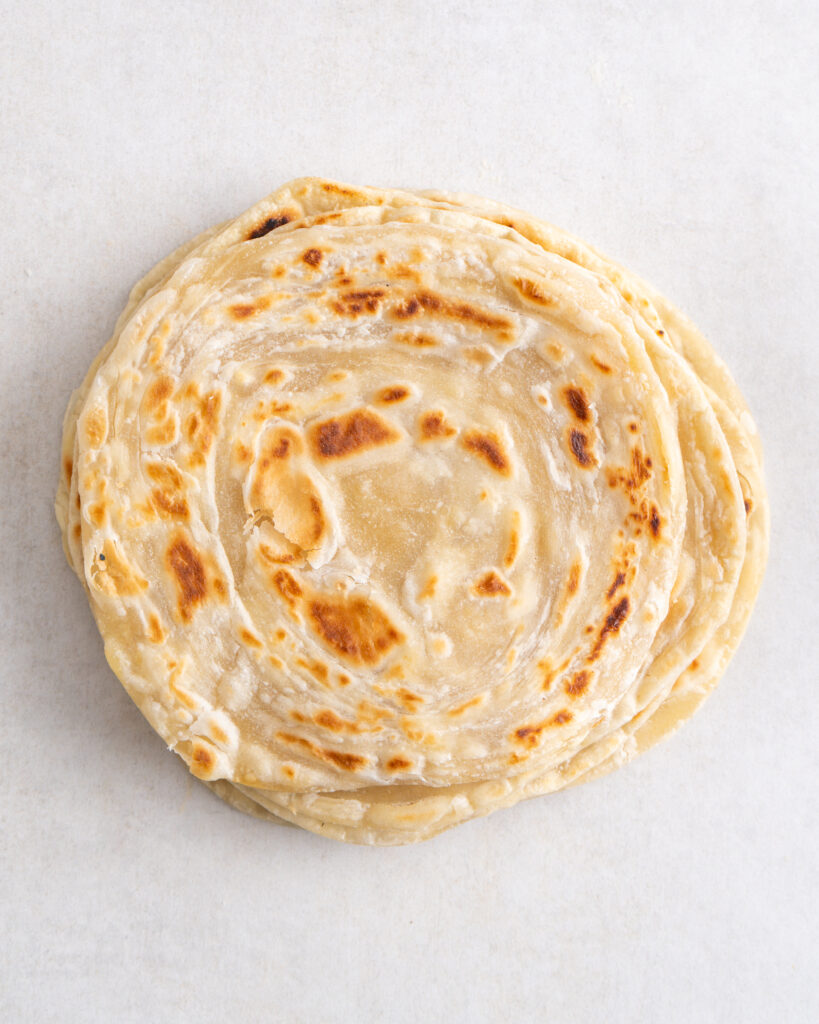
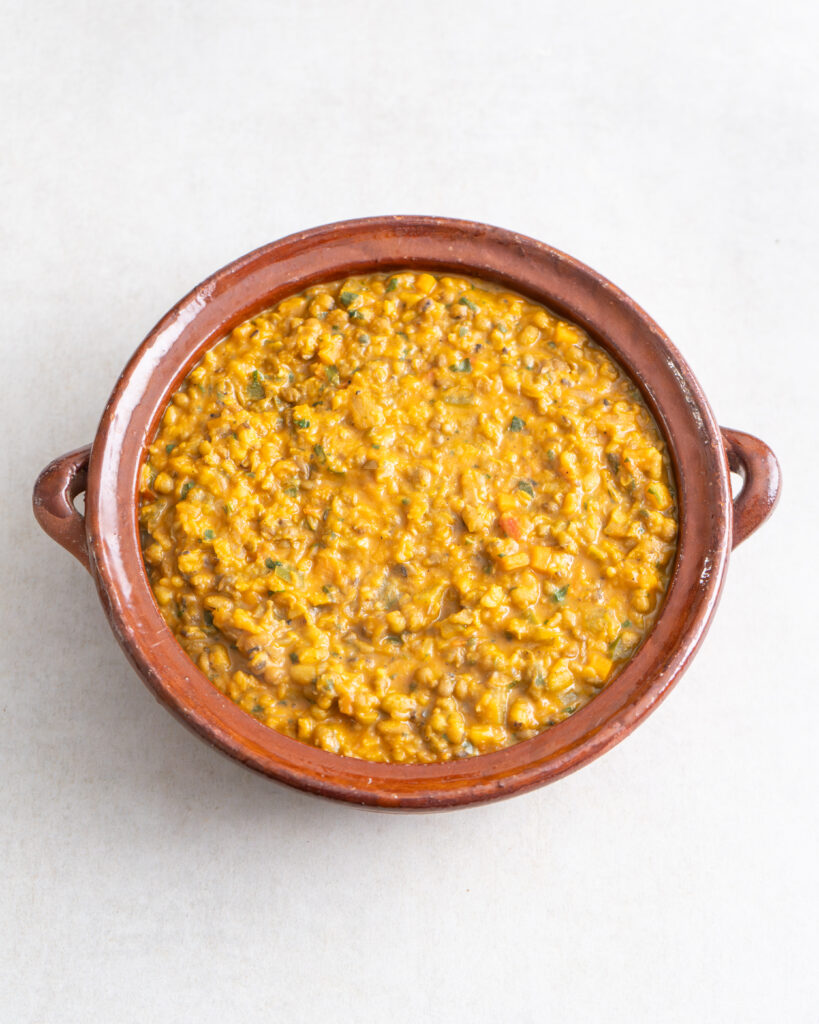
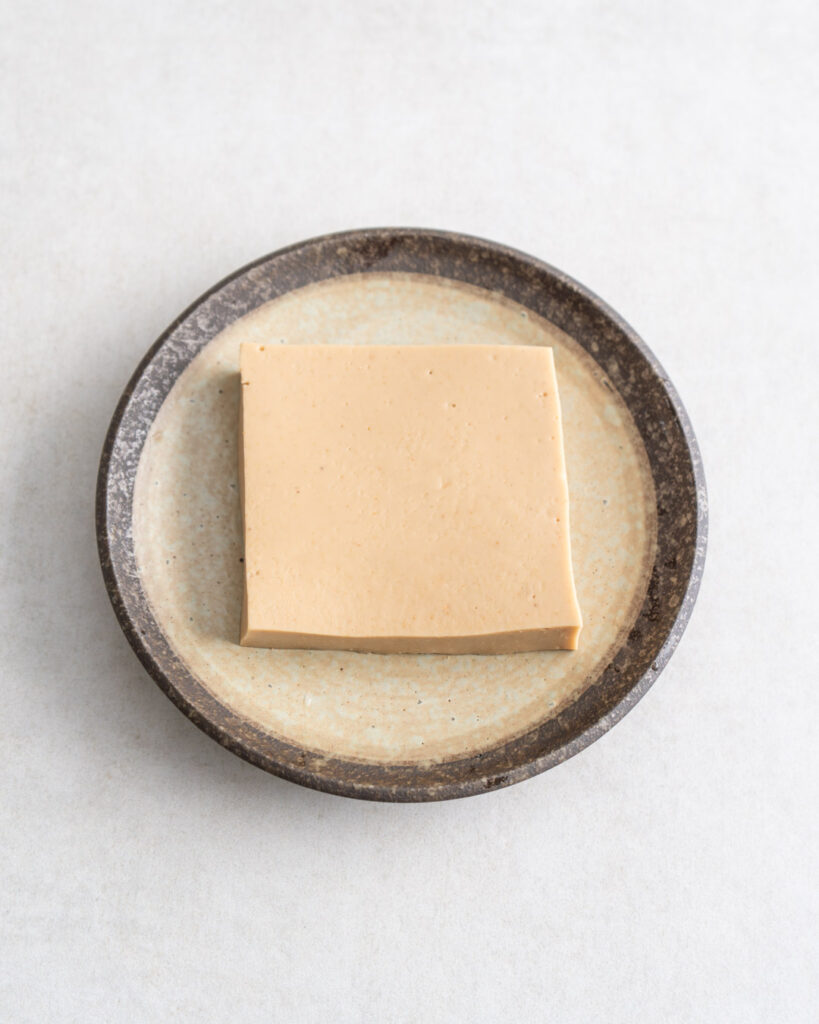
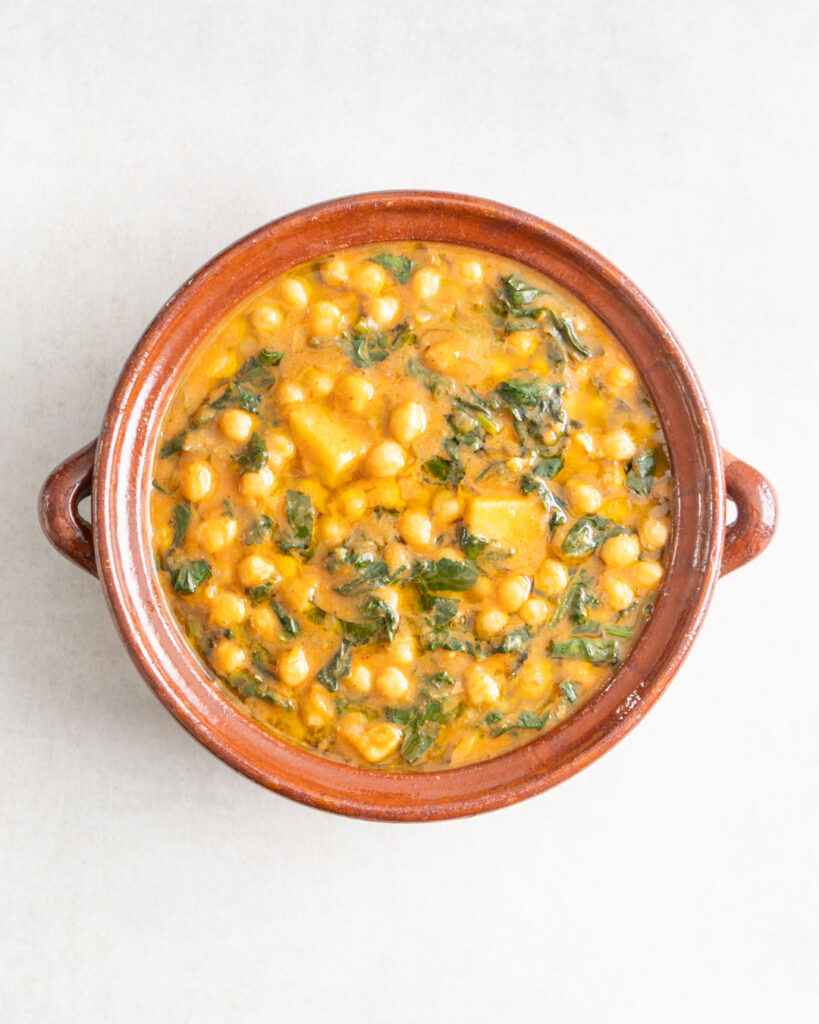
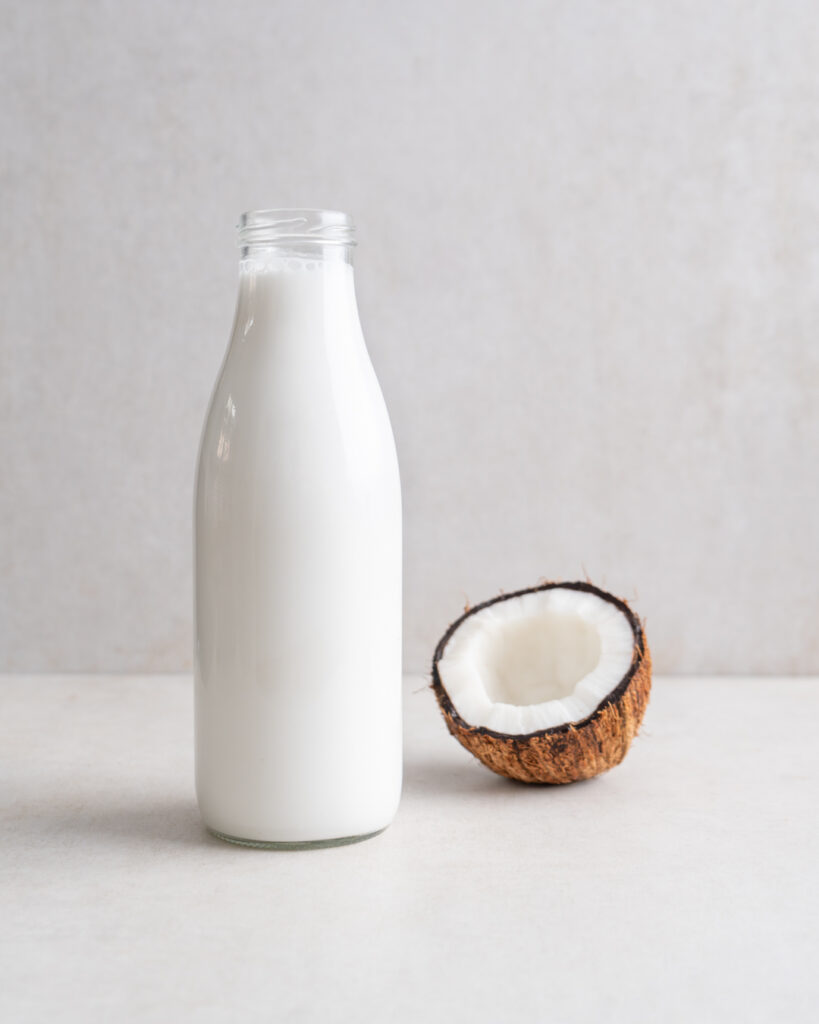
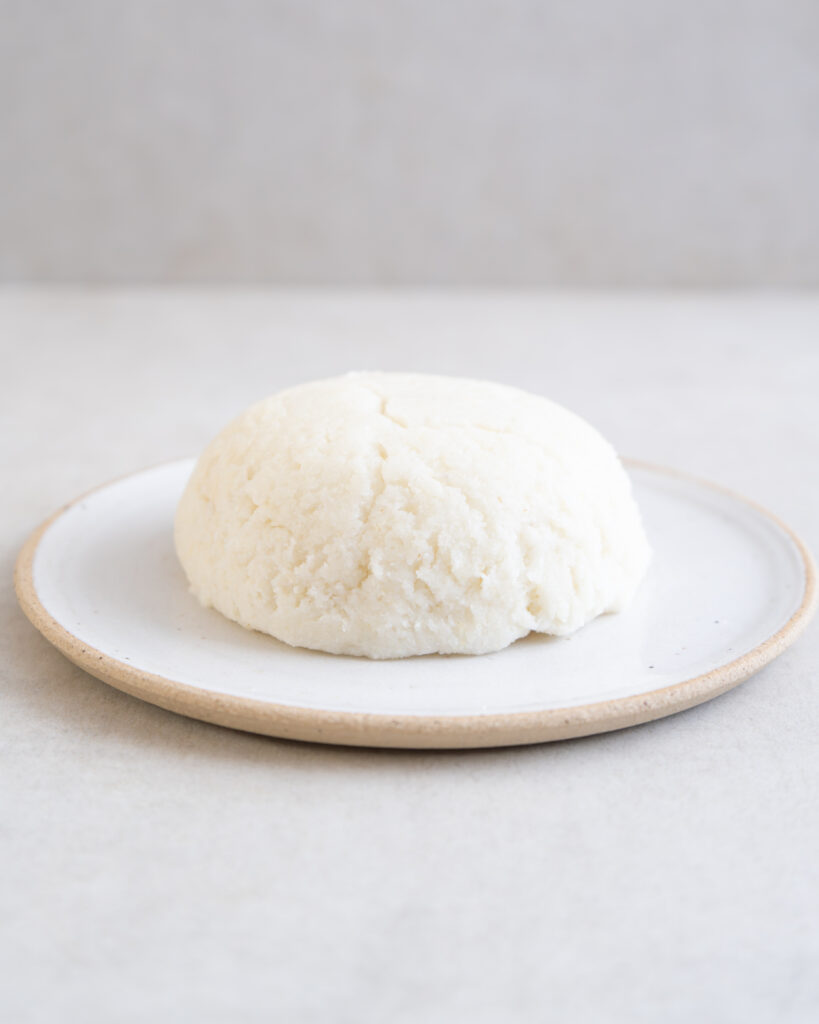

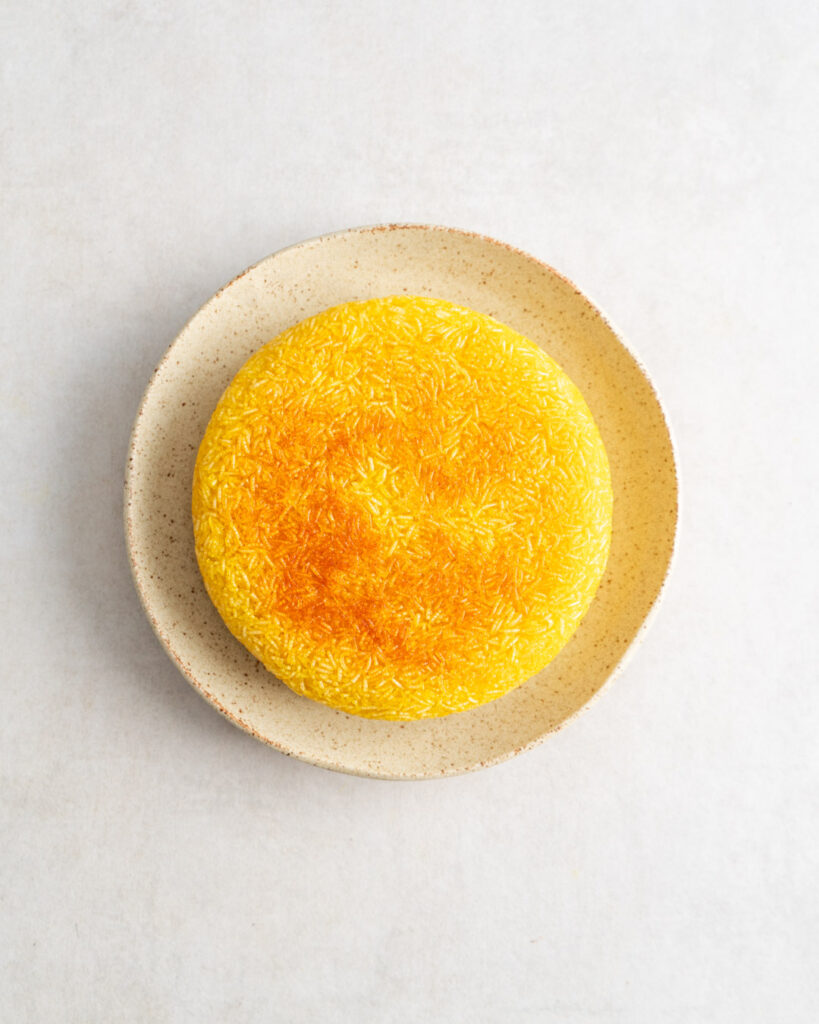



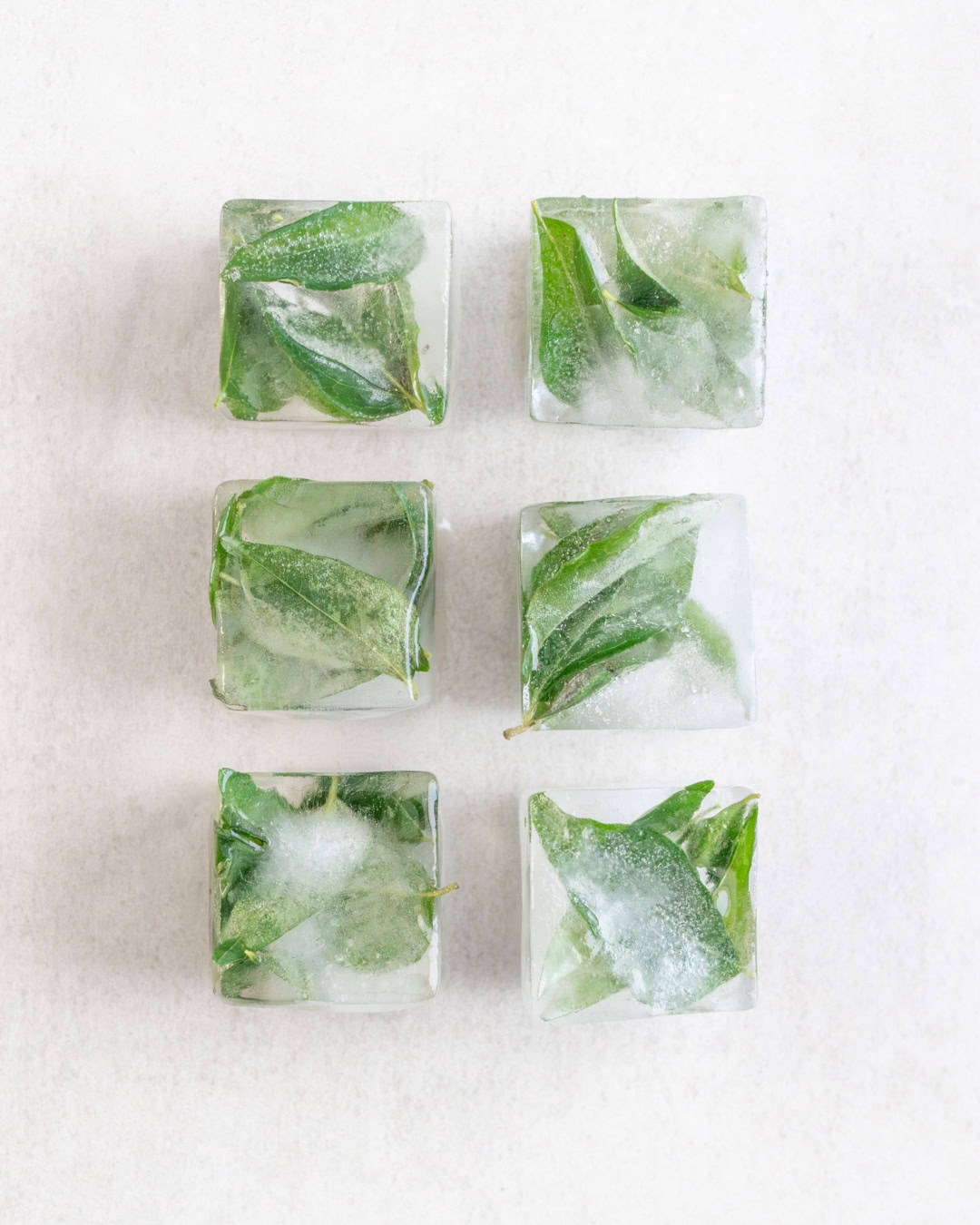








Excellent! Thank you!!! This recipe is perfect.
Wonderful! I’m glad you like it. 🙂
Hi,
Love your recipe and video. But, I’m doing something wrong. I’m using an imersion blender, 200ml canola oil, 70-72g of garlic, 1tsp salt. The first time I made it, it way WAY too salty. The 1nd time, I tried less salt, but I’d forgotten to take-out the germ, so it was bitter AND salty. This third time, I did remove the germ. This time, it broke, and the chick-pea hack didn’t work, so I added about a tsp of egg white, and it all came together.
My main question, is the salt… I’ve tried table salt, sea salt, and kosher salt. Is toum SUPPOSED to be salty? The saltiness is actually masking the taste of the garlic.
Please help
Hi Anthony, this recipe asks for 1/2 tsp salt, not 1 tsp. Have you tried that yet? But even with 1 tsp, it shouldn’t be too salty. Toum should certainly not taste salty, but it should quite tangy from the lemon juice. But just use less salt next time until you’ve found the sweet spot for you! Just for reference, I usually calculate 7g per tsp / 3-4g per 1/2 tsp. Maybe weigh it out if you have a scale that allows it.
And shame that the chickpea trick didn’t work. The liquid (aquafaba) has similar qualities to an egg white, so your solution was perfect!
I made some toum after stumbling across your YouTube video, and i LOVE this recipe! It’s absolutely delicious. Do you happen to know to nutritional info of this recipe? Ie, Kcal and fat etc. Would be great to know this, so that i can incorporate as part of my daily meals.
Unfortunately, I don’t calculate these yet on here. Will hopefully integrate it soon! I’m glad you liked it!
This is the best recipe so far. I especially like the immersion blender method. I do have a question though. Are you sure it will be good for 4 weeks stored in the refrigerator? I have a small container leftover from two weeks ago and I’m hesitant to use them although they look fine. What is it that keeps the raw garlic and lemon juice from molding as other processed raw vegetables would after a few days in the fridge?
Lemon and salt are natural preservatives. It’s fine, It can last even up to three months in the fridge. If it looks and smells fine, it’s safe.
Thanks for answering this!
Thanks for trying the recipe, I’m glad you like it! The salt, lemon juice and oil all help preserve the garlic, which makes toum so fridge-stable. 🙂 So yes, as long as it looks and smells (and then tastes fine), you can easily keep it for that time and still enjoy it!
Absolutely did not emulsify for me. I measured everything exactly but it was just white soup. Not mayo consistency.
I’m sorry to hear that! More than the precise measurements, it’s the technique that’ll emulsify it. It might be that too much oil was sucked in at once. The key is to start blending without lifting the blender at all to minimise the amount of oil in the beginning. Have you tried fixing the batch with some aquafaba?
Wow, I got it on first try thanks to your tips, the most important thing was to hold it still for 10-20 seconds without lifting or moving around. Do you have any tips on how to reduce taste of garlic a bit. It tastes a bit harsh or bitter. Thank you!
Amazing, I’m glad it worked! Keep the toum in the fridge for 1-2 days and the garlic should mellow out a bit. Next time, you can also try it with a little less garlic.
I just made this for the first time. OMG! I am a garlic lover and this is perfect. I’m rummaging through my fridge to see how many things I can put it on.
Absolute perfection! I followed the recipe exactly and was rewarded with a smooth, garlicky, lemony toum. (The recipe requires some patience. Be sure to keep the end of the immersion blender stable against the bottom of the mixing vessel until the contents start to emulsify and the sound of the blender deepens and muffles. Then move the blender in slight motions.) Many thanks for an excellent recipe!